When to Reseed Your Lawn: The Ultimate Guide
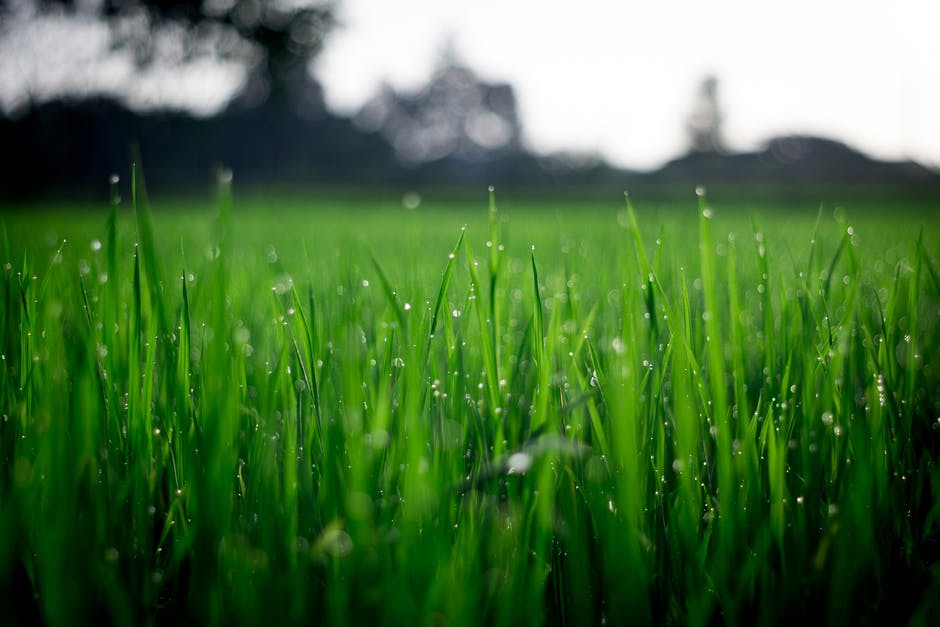
When you leave your grass to its own devices, it’s good at perpetuating itself. You don’t have to do anything to ensure that it will grow healthy year after year. However, manicured lawns are different.
Cutting your grass also cuts away most of its seeds, so it cannot grow as effectively. Reseeding your lawn is an excellent way to replenish grass seeds.
But when is the best time to reeseed your lawn? Is there a specific time that works best for reseeding? Well, it depends on your grass.
Below, we discuss when to reseed your lawn, if you can reseed a dead lawn, and if you can reseed a lawn with weeds. So read on!
When Is the Best Time to Reseed Your Lawn?
Timing when to reseed your lawn depends on geography and the type of grass you’ve got. For example, cool-weather grasses in the upper part of the US grow well in areas with frigid winters and mild summers.
The best time to reseed your lawn in these colder areas is sometime in September, when the weather reaches about 60 to 75°F. Warmer weather grasses thrive in the lower part of the US, like the South.
Warm-weather grass looks lovely in hotter weather but doesn’t do too well in colder temperatures. The best time to reseed your yard with warm grasses is during the winter when temperatures reach the low 80s.
Transitional areas, where weather wavers between hot and cold, have grasses best reseeded during the spring.
Reseeding a lawn involves a lot of work. If you feel more confident having a professional do the job, consider contacting Tuxedo Yard Care. They do everything from reseeding lawns to sprinkler repair.
Can You Reseed a Dead Lawn?
It’s possible to reseed a dead or dying lawn, but you may want to consider lawn renovation depending on what’s killing your grass. Renovation is better if half or more of your lawn is dead.
The difference is that reseeding means laying seeds specifically in dead spots. “Renovate,” in this case, doesn’t mean pulling up your grass and laying concrete, but instead applying a layer of grass seed over the existing grass.
Can You Overseed a Lawn With Weeds?
You can overseed a lawn with weeds, but it’s best if you don’t. The grass seeds and weeds will compete with the soil’s nutrients, and you don’t want to risk the seeds winning.
The best way to overseed a weedy yard is to kill the weeds during the late summer and seed during the fall. You won’t get all the weeds during the summer, but you can control what’s left with herbicide.
Should You Overseed Often?
You’re probably curious about how often you should overseed your lawn. It’s only something you do if your yard is dying, right? Actually, it’s best practice to overseed a lawn every year.
Overseeding helps make lawns stronger and more resistant to disease. The seeding technique also increases resistance to pests and drought.
Want to Know When to Reseed Your Lawn?
Figuring out when to reseed your lawn depends on what kind of grass you’ve got. You should reseed Warm-weather grasses during warm winter weather. Cool-weather grasses need reseeding in temperate fall weather.
Overseeding your lawn is better if half of it is dead, and you shouldn’t reseed a lawn with weeds.
If you’d like more helpful articles, look through our website. We have plenty more informative posts for you to read.

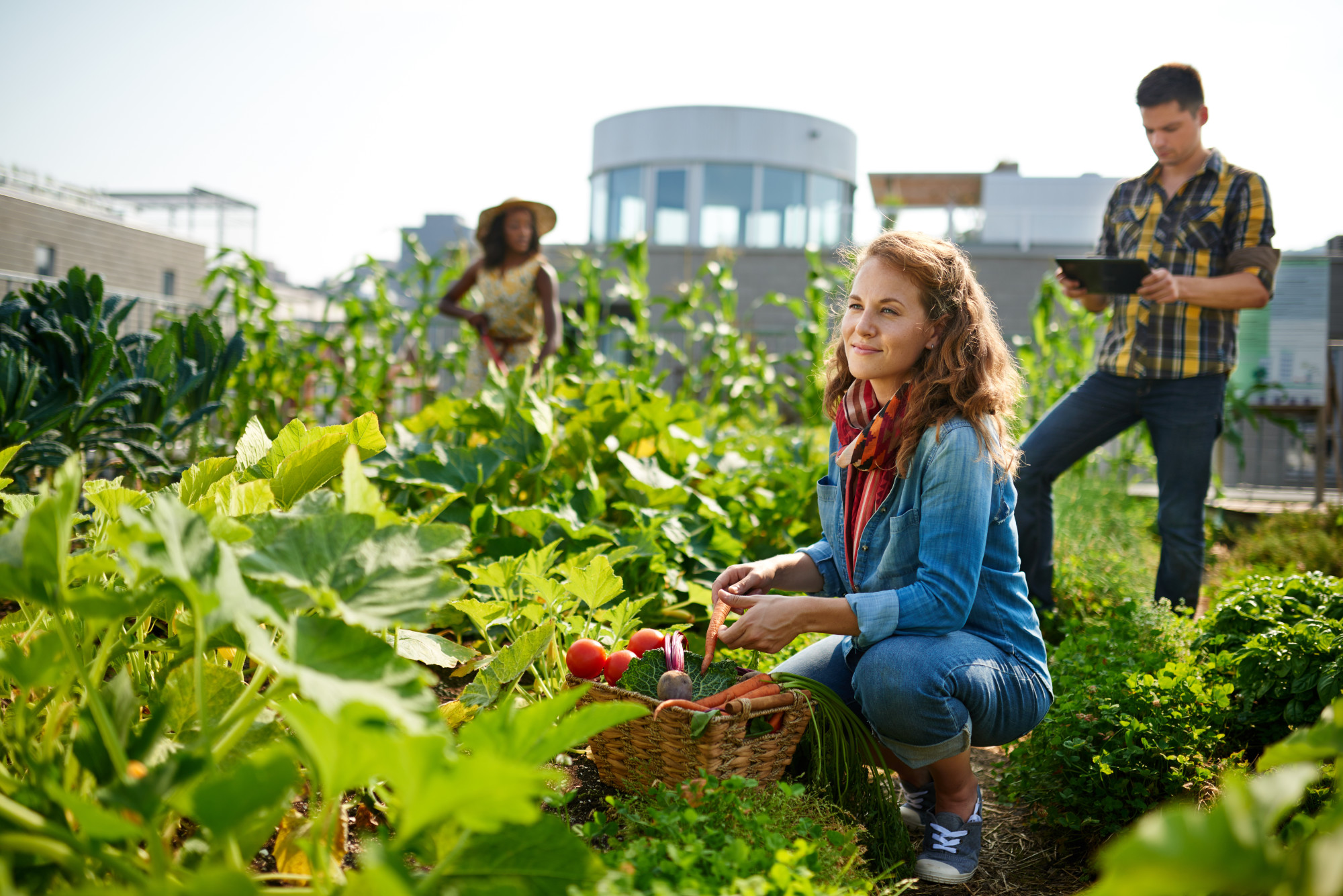
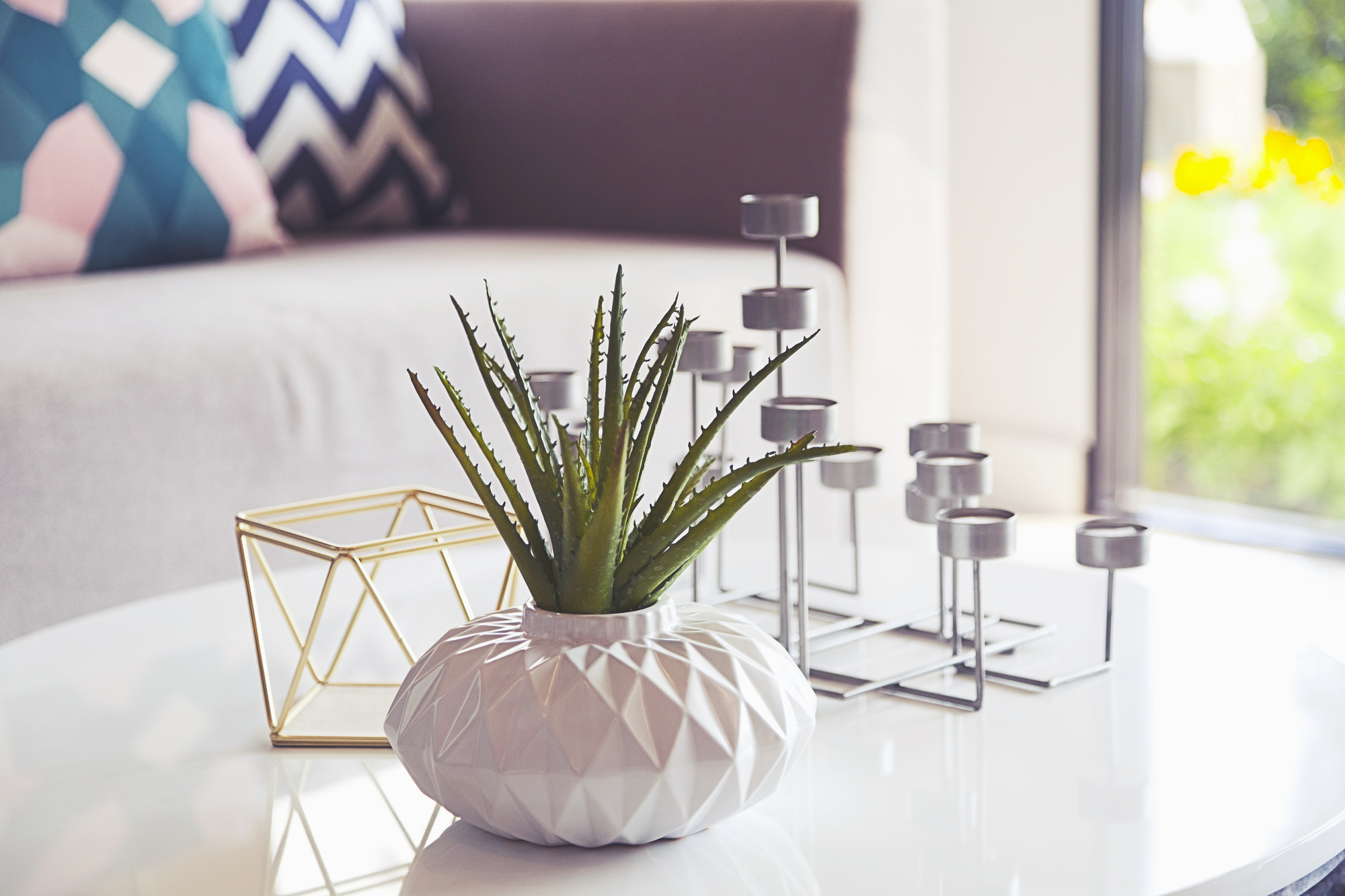
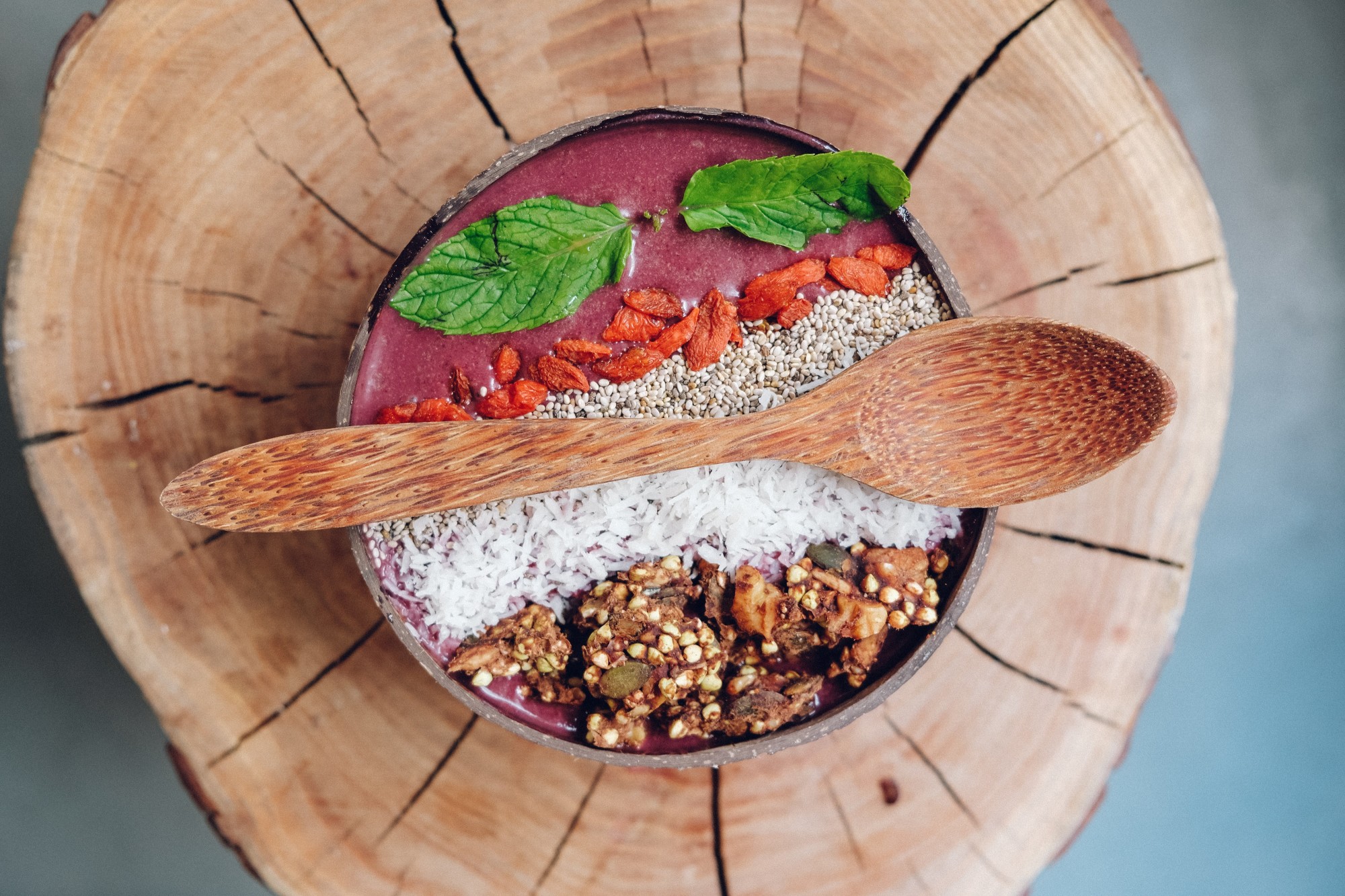

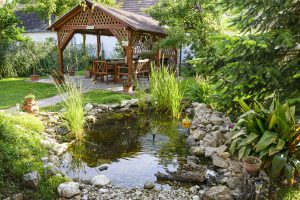
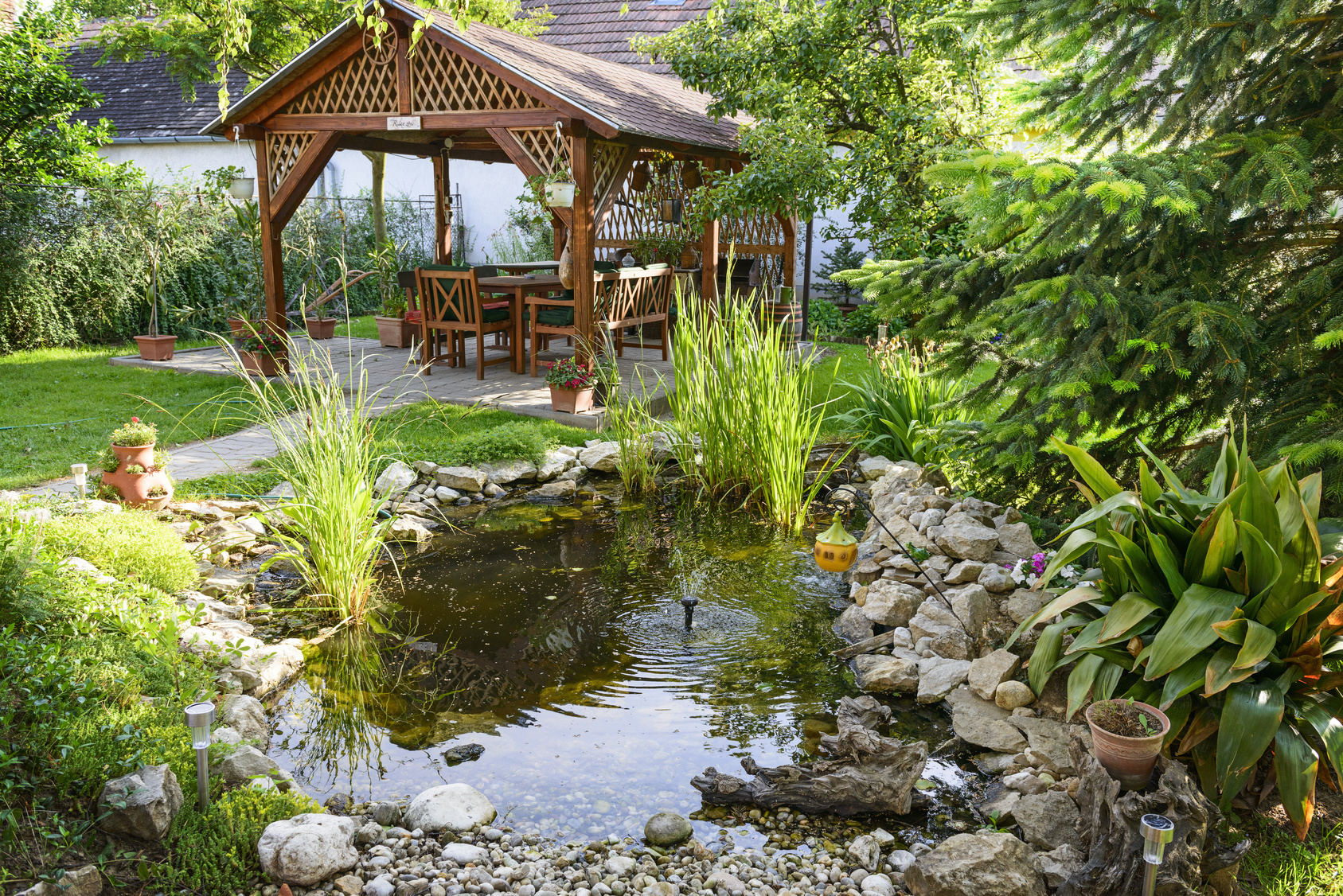 Is your garden looking a little sad or tired?
Is your garden looking a little sad or tired?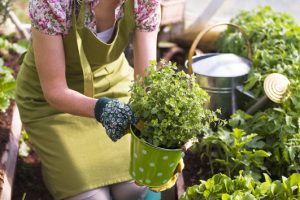
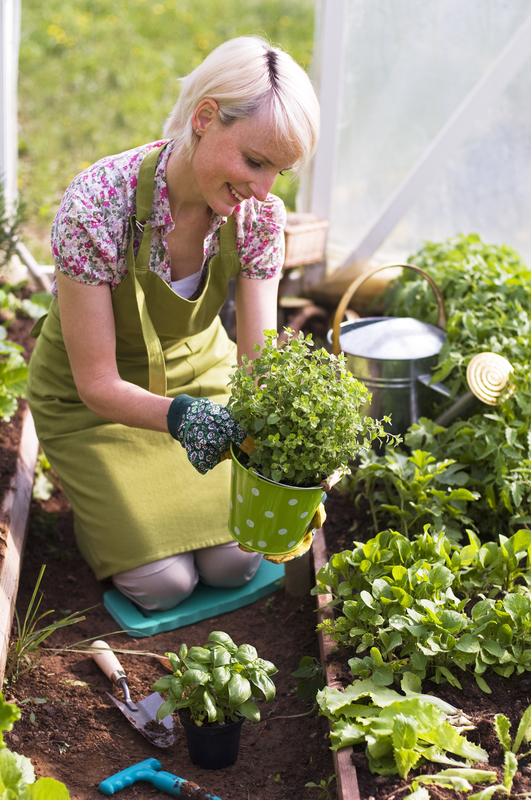 Did you know that
Did you know that